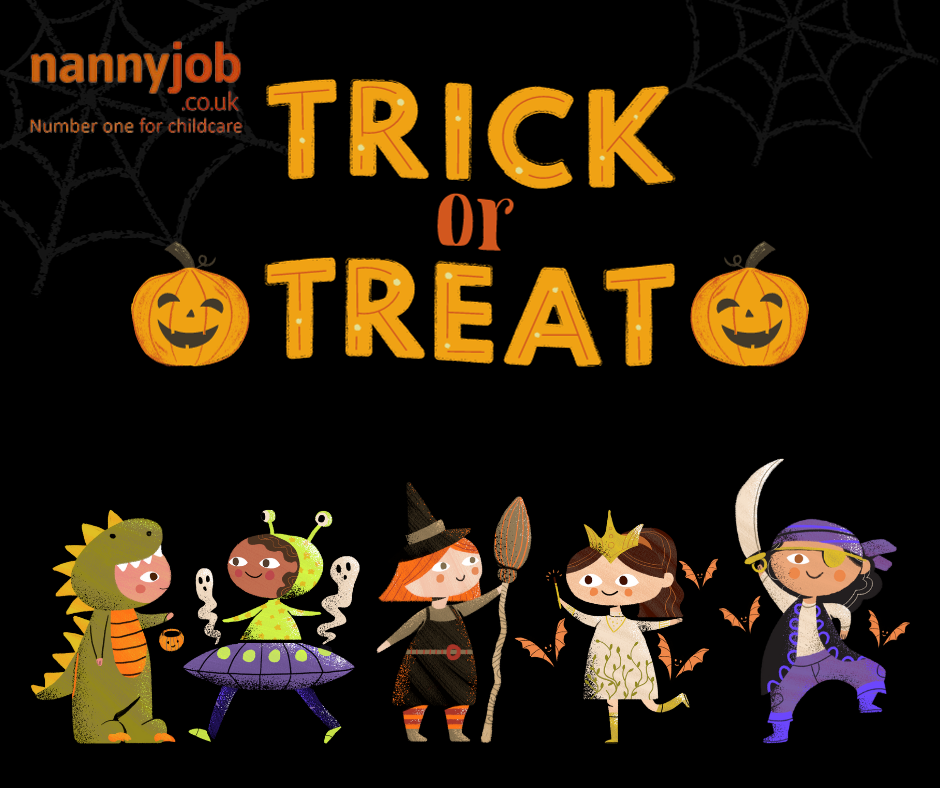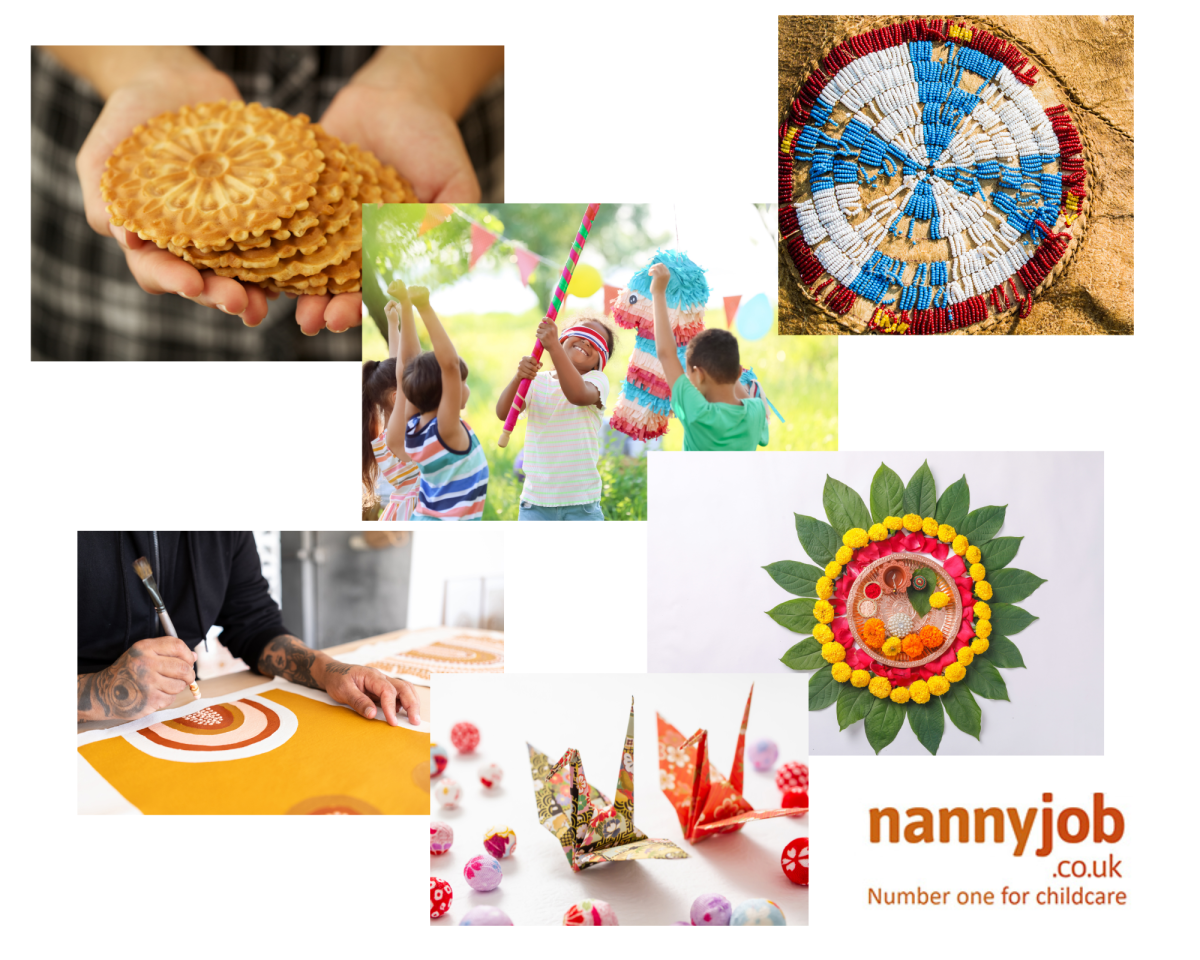Dummies, also known as pacifiers or soothers, are a contentious topic among parents. Some swear by them, while others avoid them altogether. But what does the latest research say about the pros and cons of dummy use?
Pros:
- Reduced risk of SIDS: The American Academy of Pediatrics (AAP) now states that dummy use at bedtime may reduce the risk of SIDS. The AAP recommends offering a dummy to all infants at naptime and bedtime, but not during breastfeeding or bottle-feeding.
- Self-soothing: Dummies can help babies soothe themselves when they are crying or restless. This can be especially helpful for parents who are trying to get some sleep.
- Satisfies the suck reflex: Some babies have a strong suck reflex that is not fully satisfied by breastfeeding or bottle-feeding. Dummies can help to satisfy this reflex and prevent babies from sucking on their fingers or thumbs.
- Easier weaning: Dummies are easier to wean from than thumbs or fingers. This is because dummies can be removed gradually, while thumbs or fingers are always available.
Cons:
- Ear infections: There is some evidence that dummy use may increase the risk of ear infections in young children. However, the evidence is not conclusive, and more research is needed.
- Nipple confusion: If a dummy is introduced too early, it may cause nipple confusion in breastfed babies. This is because babies may become confused between the different sucking techniques required for breastfeeding and dummy use.
- Dental problems: Prolonged dummy use may increase the risk of dental problems, such as an overbite or open bite. However, these problems are usually reversible if the dummy is weaned early.
- Speech development: Dummy use may also hinder speech development. This is because the sucking motion involved in dummy use can interfere with the development of the muscles used for speech.
Expert Opinion:
According to Dr. Wendy C. Fries, a pediatrician and spokesperson for the AAP, “The decision of whether or not to use a dummy is a personal one. There are both pros and cons to consider, and the best approach for one child may not be the best for another.”
Dr. Fries also advises parents to be aware of the potential risks of dummy use and to take steps to mitigate those risks. For example, parents should avoid introducing dummies too early, and they should try to wean their babies off of dummies by the age of one.
Conclusion:
The decision of whether or not to use a dummy is a complex one. There are both potential benefits and risks to consider. Parents should weigh the pros and cons carefully and make a decision that is right for their child and their family.
Additional Tips:
- Choose a dummy that is the right size for your baby’s mouth.
- Make sure to sterilize the dummy regularly.
- Do not force your baby to take a dummy.
- If you are concerned about dummy use, talk to your pediatrician.









